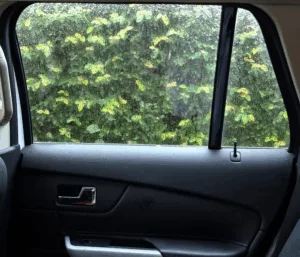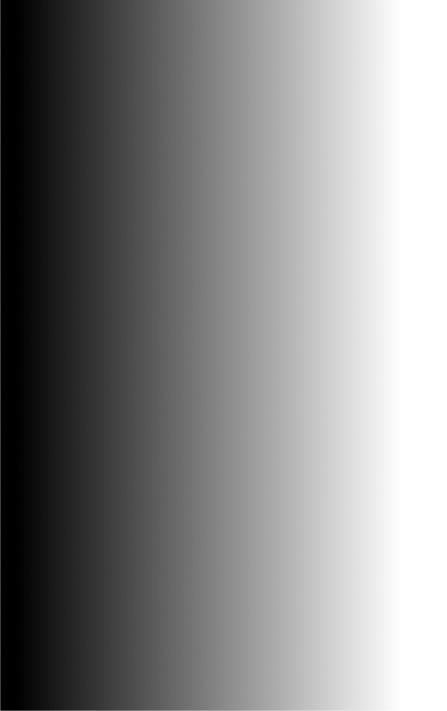California Tint Law 2025: Legal Window Tint Rules and Guide
California Tint Law 2025: Legal Window Tint Rules and Guide
Window tinting offers a range of benefits, from protecting your car’s interior to improving comfort in the sun. However, California is one of the strictest states when it comes to automotive window tint laws. If you’re a California resident or plan to register a vehicle in the state, understanding the legal limits is crucial.
This guide covers California’s window tint laws in 2025, including what is legal for different windows, what exceptions exist, and what happens if your tint doesn’t comply. We also recommend a trusted brand, TERMINAX, that can help you stay compliant while getting all the benefits of modern window tinting.

What Does California Regulate in Window Tinting?
California tint laws focus on two main things: how much visible light passes through your windows and how reflective the film is. These are measured by:
- Visible Light Transmission (VLT): This is the percentage of visible light allowed to pass through the tinted window and glass.
- Reflectivity: This refers to how much light is reflected off the tinted surface.
In California, the laws apply differently to the front, back, and rear windows, as well as the windshield.
What Is the Legal Window Tint in California for Front Side Windows?
The front side windows are the most strictly regulated in California. These are the windows beside the driver and front passenger.
In 2025, California law requires that front-side windows must allow at least 70 percent of visible light to pass through. That means the tint can only be very light. If your car came with factory-tinted glass that already meets the 70 percent VLT, you may not be able to add any after market film at all.
What Are the Rules for Windshield Tinting in California?
You are not allowed to fully tint your windshield in California. However, the state allows a non-reflective tint strip on the top portion of the windshield.
According to the law, tinting is allowed on the top 4 inches of the windshield. This is sometimes referred to as a visor strip. It is meant to reduce glare from the sun without interfering with forward visibility.
Can You Tint Rear Side and Back Windows in California?
Yes, California is more flexible when it comes to tinting the rear side windows and the rear windshield. You are allowed to use any level of darkness on these windows, whether your vehicle is a sedan, SUV, or truck.
However, if you tint the rear window, your vehicle must have dual side mirrors to ensure safe visibility. This is a legal requirement for any vehicle with a dark rear tint.
Is Reflective or Colored Tint Allowed in California?
California does not allow the use of mirrored or highly reflective tint. This includes silver, gold, or blue-colored tint films. These types of tint can create glare for other drivers and are not legal for use on any window.
The state limits reflectivity to a standard, non-mirrored level that does not significantly reflect light or heat.
Are There Medical Exemptions for Tint in California?
Yes, California does allow medical exemptions for window tint. These exemptions are for people who have a medical condition that requires them to avoid direct sunlight. Common conditions include lupus, melanoma, and other sun-related health issues.
To get a medical exemption, you must:
- Get a signed statement from a licensed physician or optometrist.
- Keep this document in the vehicle at all times.
- Present the exemption if asked by law enforcement.
Even with an exemption, you must still use tint that is colorless and non-reflective on the front side windows and windshield. Dark tint or colored films are not allowed, even with a medical exemption.
Can You Get Pulled Over for Tint in California?
Yes, you can be pulled over if a police officer believes your tint is too dark or illegal. Front window tint violations are among the most common traffic stops related to vehicle modifications.
If your tint does not meet California’s legal standards, you could receive:
- A fix-it ticket (correctable violation)
- A fine
- A court appearance, in some cases
A first-time offense may be treated as a warning or correctable offense, but repeated violations may lead to higher penalties.
Does Illegal Tint Affect Your California Vehicle Inspection?
California vehicles are required to pass regular smog inspections, but are not subject to mandatory safety inspections that include tint checks. However, law enforcement and insurance providers may still take issue with illegal tint.
If you are pulled over and cited, or if your tint is examined during a vehicle accident claim, non-compliance could affect your liability or insurance coverage.
How to Make Sure Your Tint Is Legal in California
To avoid fines and legal trouble, make sure your window tint meets all California regulations. Here are a few tips:
- Ask for a tint certificate when you have your film installed. California installers are required to give you this.
- Check the VLT rating of your existing tint. You may need a professional tint shop to measure it.
- If you buy a used car, check whether the tint is legal before purchasing.
- Avoid darkening factory-tinted windows beyond what’s allowed.
When in doubt, consult a licensed tint installer who is familiar with California law.
Why TERMINAX Is a Smart Choice for California Drivers
With California’s strict tint regulations, it’s important to choose a tint film that not only looks great but also complies with the law. That’s where TERMINAX comes in.
TERMINAX offers premium automotive window films designed to meet California standards while providing excellent protection from heat, glare, and UV rays. The films are engineered for clarity and comfort without sacrificing legality.
Key benefits of using TERMINAX window films:
- Designed to meet California’s 70 percent VLT requirement for front windows
- Non-reflective construction to comply with reflectivity laws
- Helps block harmful UV rays that cause skin damage and interior fading
- Maintains clear visibility for safe driving, day or night
- Professionally installed by trained experts who know California law
Whether you are looking to improve driving comfort or reduce heat buildup in your vehicle, TERMINAX offers a safe and legal solution tailored to California conditions.
Conclusion: Follow the Law and Enjoy the Benefits of Tint
California’s tint laws are some of the strictest in the country, especially when it comes to front windows and windshields. Staying informed and choosing the right products helps you avoid fines, stay safe on the road, and enjoy the many benefits of window tint.
The best way to stay compliant is to:
- Follow the 70 percent VLT rule for front windows
- Only use non-reflective tint on the windshield’s top 4 inches
- Keep rear tint legal by adding dual mirrors
- Avoid mirrored or colored tint entirely
- Use tint certified for California use, such as those offered by TERMINAX
When you choose TERMINAX, you’re not just getting high-quality window protection. You’re also making a smart, legal investment that meets California standards.


